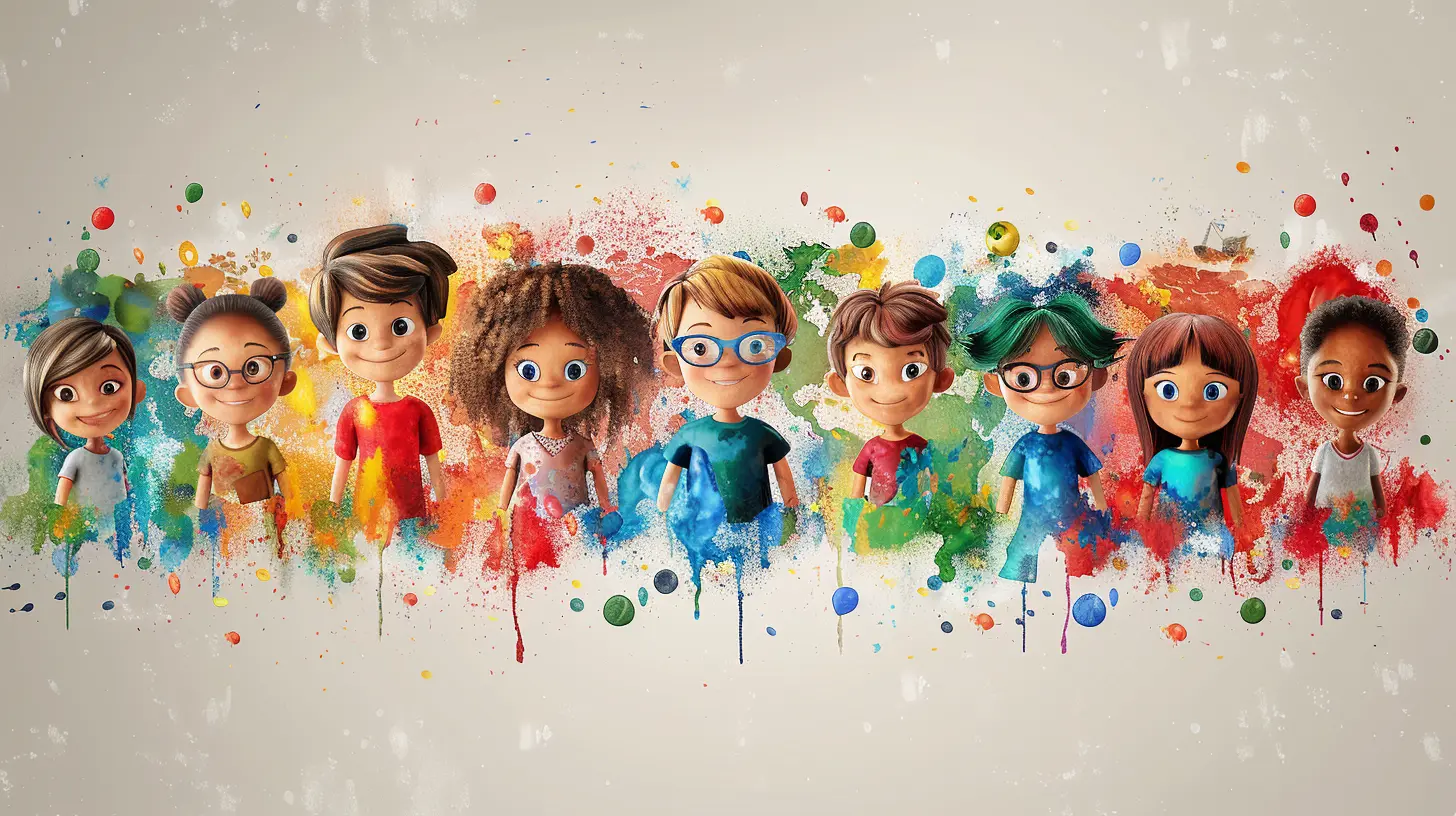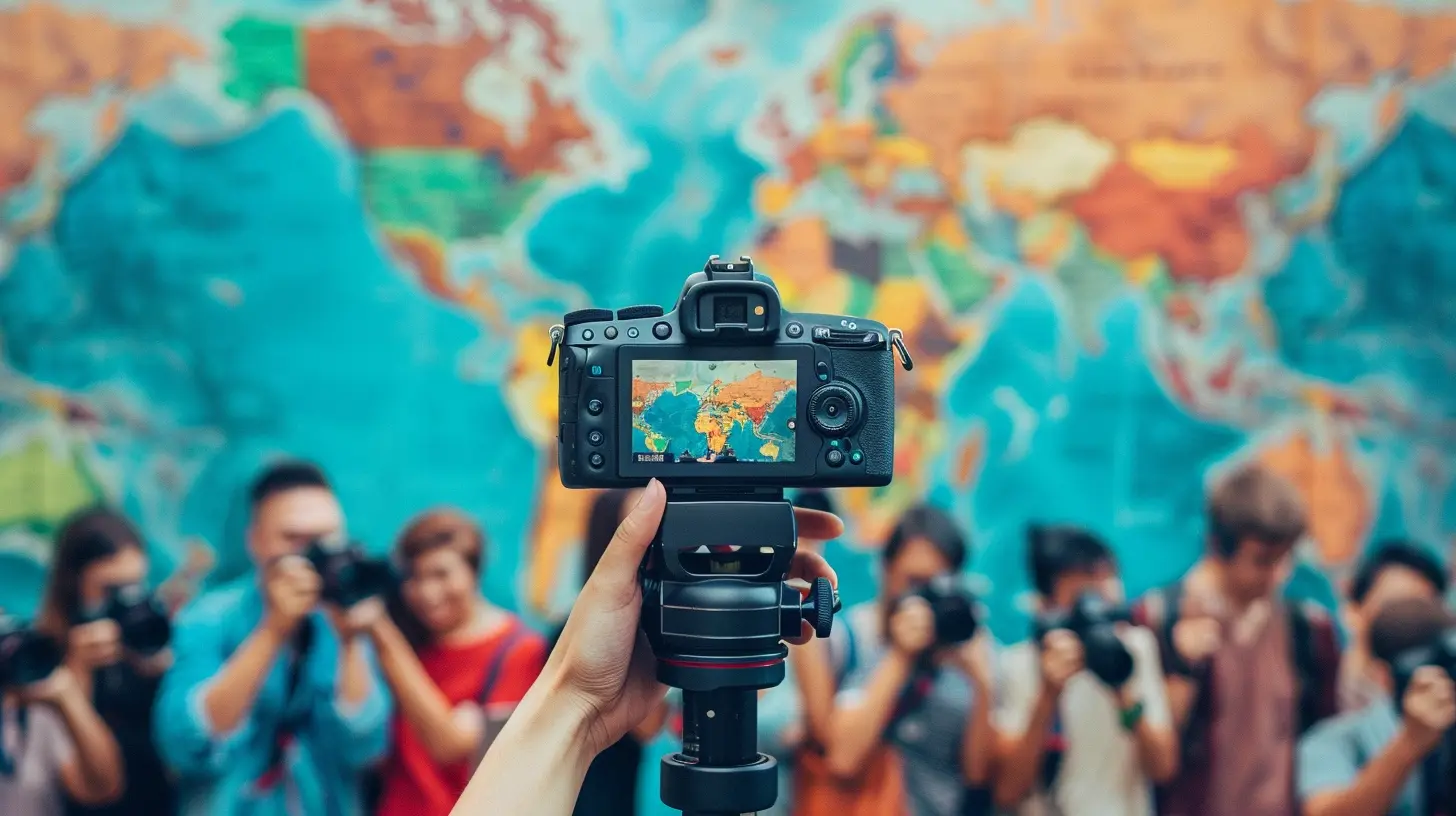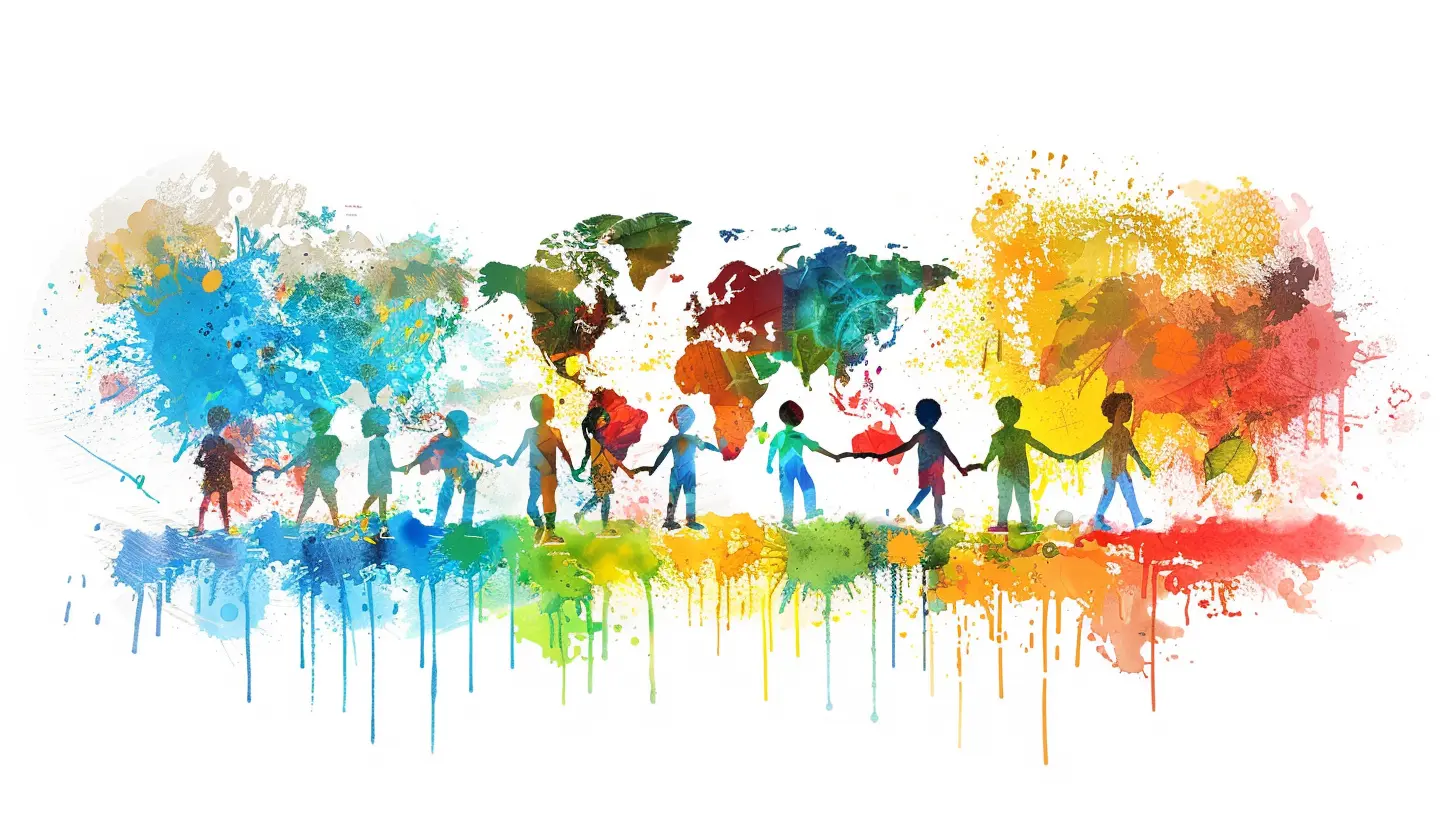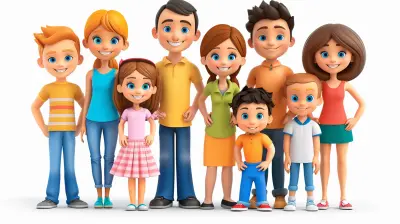Using Media to Foster Cultural Awareness in Students
22 June 2025
In today’s global village, one of the greatest gifts we can give our students is the ability to understand and appreciate cultures beyond their own. And guess what? Media—yes, that YouTube video, that short film, that catchy song, even that trending TikTok—is one of the most powerful tools we have to build that cultural bridge.
With the right kind of guidance and content, media can go beyond entertaining. It can educate, inspire empathy, bust stereotypes, and open minds. So, let’s chat about how using media in education isn’t just helpful—it’s essential when it comes to shaping culturally aware, globally-minded students.
Why Cultural Awareness Matters (Spoiler: It’s Everything)
Before we go further, let’s talk about why cultural awareness even matters. Think about it—our students are entering a world that’s more connected than ever. They’ll interact with people from all walks of life, from different races, religions, and regions. Cultural awareness isn’t just a “nice-to-have” skill. It’s a must-have.When students understand different cultures, they:
- Develop empathy and respect toward others
- Communicate better in diverse environments
- Break down stereotypes and prejudices
- Become open-minded leaders of tomorrow
So instead of tossing culture into a one-week module, let’s weave it into their everyday learning—with media as the thread.
What Do We Mean by “Media”?
Great question! When we say “media,” we’re talking about:- Videos (documentaries, short films, vlogs)
- Music (songs from around the world)
- Social media (Instagram, TikTok, YouTube)
- Podcasts (interviews, cultural conversations)
- Visual arts (paintings, photography, street art)
- News outlets (articles, global current events)
- Books and blogs (from diverse voices)
Media is everywhere, and students are already consuming it daily. So why not guide them to use it meaningfully?
The Sweet Spot: Media + Education = Cultural Connection
Let’s be real, students love media. So instead of fighting it, let’s embrace it. Use that love of screens and sound to gently grow their appreciation for other cultures.1. Showing, Not Just Telling
You can talk about a culture all day long, but nothing hits like seeing it in action. A documentary on indigenous tribes in the Amazon or a vlog from a teenager in Tokyo? That’s a front-row seat to someone else’s world. Suddenly, distant lands and customs aren’t abstract—they’re real.2. Hearing the World’s Music
Music is a universal language. Want to teach cultural patterns and values? Play traditional Chinese guzheng music or Afrobeat from Nigeria. Discuss how the instruments, rhythms, and lyrics reflect the culture. Bonus: Turn it into a classroom dance session. It’s learning and fun rolled into one!3. Real Stories from Real People
Using interviews, podcasts, and video diaries, students can listen to voices from different backgrounds—uncensored and raw. These stories build bridges and encourage empathy. It’s not about reading about a refugee's life in a textbook; it’s hearing their voice crack while sharing their journey.
Creative Ways Teachers Can Use Media to Boost Cultural Awareness
Alright, let’s get practical. Here’s how you can infuse media into your lessons for maximum cultural impact.🎥 1. Movie Days with a Global Twist
Host monthly international movie days. Choose a film that reflects a specific culture. Before the screening, give students context about the region, language, and customs. Afterward, spark a class discussion:- What emotions did the film stir?
- What did you learn about that culture?
- Did anything surprise you?
Films like The Kite Runner (Afghanistan), Coco (Mexico), or Persepolis (Iran) are great starting points.
🎧 2. World Podcast Hour
Pick a podcast episode featuring cultural discussions or interviews from around the globe. Listen together and then break into groups to discuss key takeaways, cultural values, and points of connection.Try podcasts like:
- “The Moth” – real stories by real people
- “Rough Translation” – explores how culture impacts daily life globally
📸 3. Cultural Photo Galleries
Create virtual or physical photo galleries. Each week, feature a different country. Use social media posts, historical photos, or picture blogs. Have students write captions or short essays reflecting on what the image tells them about the culture.Think of it as an international Instagram appreciation feed—minus the filters.
🎙️ 4. Student-Made Culture Blogs
Let students research a culture and create media-rich blog posts. Encourage them to include videos, interviews, maps, and music. Not only do they learn about a new place, but they also get digital literacy experience. Bonus points if they post and share it on your school’s platform!🎵 5. Global Music Breaks
Start or end your day with a song from a different part of the world. A quick 3-minute tune, followed by a 2-minute class chat. What did they hear? How did it feel? What do the lyrics mean?Music + curiosity = unforgettable learning.
Addressing Stereotypes with Media
Let’s talk about the elephant in the room—stereotypes. Unfortunately, media can reinforce harmful ones. But here’s the good news: we can flip the script.By carefully selecting authentic, diverse content, we can help students spot and challenge stereotypes. Show media that reflects people of various backgrounds doing everyday things—working, playing, loving, celebrating.
Encourage students to ask:
- Is this an accurate portrayal?
- Who created this content?
- Is there diversity within the culture shown?
This pushes them to think critically and avoid overgeneralizing.
Encouraging Student-Led Cultural Media Projects
Nothing sticks with students like doing it themselves. Let them become cultural ambassadors by creating their own media projects.Some ideas:
- Create a short docu-series about local immigrant communities
- Interview friends or family members from different cultural backgrounds
- Make a cultural food vlog—bonus: you get to eat!
- Write and record a podcast episode on a cultural celebration
These are powerful ways to help students take ownership of what they learn—plus, it’s way more engaging than a traditional essay.
Digital Exchange and Pen Pals (Yes, They Still Exist!)
Remember pen pals? Well, they’re not just a 90s thing. Today’s version involves video chats or digital content exchange.Partner with a classroom in another country and trade:
- Video diaries
- Local news reports
- School projects
- TikToks or Reel-style updates
This isn't just a lesson—it’s a long-distance friendship that builds empathy and global understanding.
Age-Appropriate Media: Tailoring to Grade Level
Here’s a pro tip: tailor media content to the age group you're teaching. What works for a first-grader won’t hit the same with a high schooler.- Elementary School: Picture books, animated videos, sing-alongs
- Middle School: Short films, curated TikToks, interactive games
- High School: Documentaries, podcasts, global news, social media analysis
Match the tone and depth of content to keep engagement high and confusion low.
What Not to Do: Be Mindful and Respectful
While we’re on the subject, a quick word of caution. When using media about different cultures:- Don’t generalize or reduce cultures to food, dance, or fashion only.
- Always provide cultural context—avoid using content without explanation.
- Avoid using content with stereotypes, even as “examples,” unless it’s for critical analysis.
- Include voices from within the communities, not just outsiders talking about them.
Cultural awareness should never feel like a costume party. It’s about honor, empathy, and authenticity.
The Long-Term Impact: Planting Seeds of Global Citizenship
By using media to foster cultural awareness, we’re not just teaching students to pass a test—we’re nurturing global citizens. These kids grow up knowing that the world doesn’t revolve around them alone. They develop curiosity, tolerance, and respect.They don’t just tolerate diversity—they celebrate it.
Isn’t that the kind of world we all want?
Final Thoughts: Let’s Make Screens Work for Hearts
At the end of the day, media is what we make of it. Yes, it can be mindless and noisy—but it can also be magical. With a little creativity and intention, we can use media to open students’ eyes, hearts, and minds to the rich tapestry of human culture.So let’s go ahead. Let’s turn those screens into windows—and those windows into bridges that connect worlds.
all images in this post were generated using AI tools
Category:
Cultural AwarenessAuthor:

Olivia Chapman
Discussion
rate this article
2 comments
Idris King
This article highlights the crucial role of media in enhancing cultural awareness among students. By integrating diverse media resources, educators can create engaging learning experiences that promote inclusivity and global understanding.
October 27, 2025 at 12:14 PM
Jace Powell
Media: the magic carpet to cultural curiosity! 🌍✨
June 23, 2025 at 3:21 AM

Olivia Chapman
Thank you! Media truly opens up a world of exploration and understanding, making cultural awareness accessible and engaging for students. 🌍✨


